If you missed the first case study I did about ICM (intentional camera movement) please check it out here. To summarize, I was introducing the concepts of ICM and how it can be applied to people photography, through the eyes of Janet Powick. Janet is an Australian photographer who has been experimenting with this technique for a number of years now.
Why another post about ICM?
The reason I am writing this part 2 is that Janet did it again! She returned on one of my photography tours last year (the North Vietnam photo tour). And damn she did blow our minds with some of her images!
Janet was originally shy to show her images to the rest of the group and I had to “indulge her” in it. When she showed us a selection of her images taken on this photo tour, the whole group was just astonished, including me. The painterly effects of her images are just something we don’t often encounter, and it opened new horizons for the whole group’s creative vision.
I decided to conduct another interview with Janet, as she has been refining and developing her techniques over the past years. And I want you to be able to benefit from her expertise.
All images in this post are the property of Janet Powick.
Janet Powick’s interview about intentional camera movement
Etienne – When I saw you on the photo tour you said that you had been shooting every day for the past years. How did you enjoy your time?
Jan – It was probably an exaggeration that I was shooting every day, however, I was shooting, processing, and deleting lots of ICM (intentional camera movement) images very regularly.
Many people were severely restricted during the two years of the Pandemic. I was very lucky where I lived in Australia, as we didn’t have covid restrictions like lockdowns because our borders were closed. Therefore, there were no tourists or visitors from other states of Australia or the rest of the world. It was therefore possible to go to all the tourist attractions and not be bothered with people getting in my shots. Basically, I could have the whole place to myself. It was most satisfying to be able to enjoy solitary and mindful explorations wherever I wanted to go. It was a perfect opportunity to practice and improve my skills in ICM.
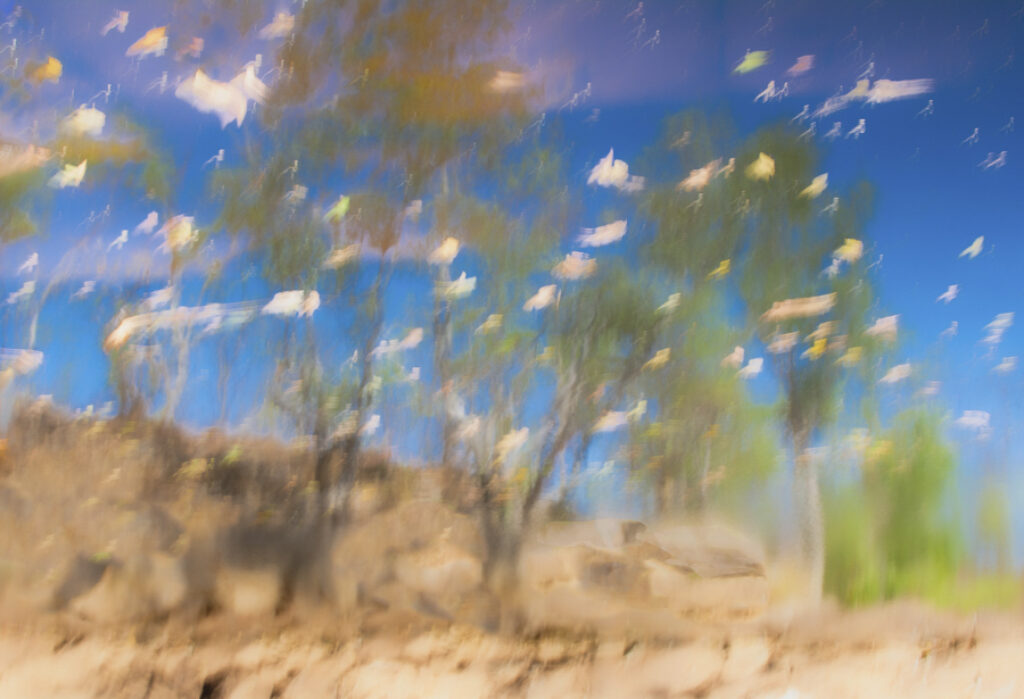
ICM technical process
Etienne – Can you describe your technical process? We already talked about that in the first interview, you mentioned the importance of having a slow shutter speed (around 2 seconds) to create this painterly effect, and you mentioned the bright clouds being an issue. What has changed from the past years after experimenting more?
Jan – When I first started ICM, I almost exclusively stuck to 2 seconds. This wasn’t a bad thing really because it gave me time to practice the many different ICM motions and get results that were pleasing and relatively predictable.
I had briefly tried shorter shutter speeds without a lot of success, so just stuck to 2 seconds. Although I had a few different ND filters, I mostly stuck to my ND 6 stop because I found regularly changing the filter to be a bit of a hassle. But like many photographers, I was always looking at new gear and discovered that you could buy variable ND filters. I bought two variable circular ND filters: 1.5 – 5 stops and 5-9 stops (NISI). The flexibility of having these variable ND filters really had a profound impact on my enthusiasm for, and my success with, ICM photography. The variable filter I use the most in hot tropical conditions is the 1.5 – 5. If I am out during the mid-day sun, then I need the 5-9.
Just recently, I have been researching the Kase magnetic ND filters which sound as if they could be much more convenient on one of your photography tours because it would make it much easier to switch from ICM photography to a more photojournalistic type of photography. All you would need to do is pull off the filter, put it in a pouch and have a user setting for “straight” photography. Easy!
One of the problems of slow shutter speeds and the ICM technique is vastly overexposed and unappealing washed-out skies. At the time I was encountering this problem, I was taking a lot of ICM images of paperbark trees in a nearby swamp and I was looking for ways to overcome this. An easy fix was to make an image to include the over-exposed sky and then crop it to a 1: 2 in post-processing. It became a panoramic of the trees and looked good. Another way I found was to shoot the reflection of the paperbark trees in the water. This image could then be flipped vertically in post-processing and the resulting rich blue skies and clouds were a welcome change from the burnt-out skies. An alternative was to include the water and reflection and sometimes just the lower part of the trees.
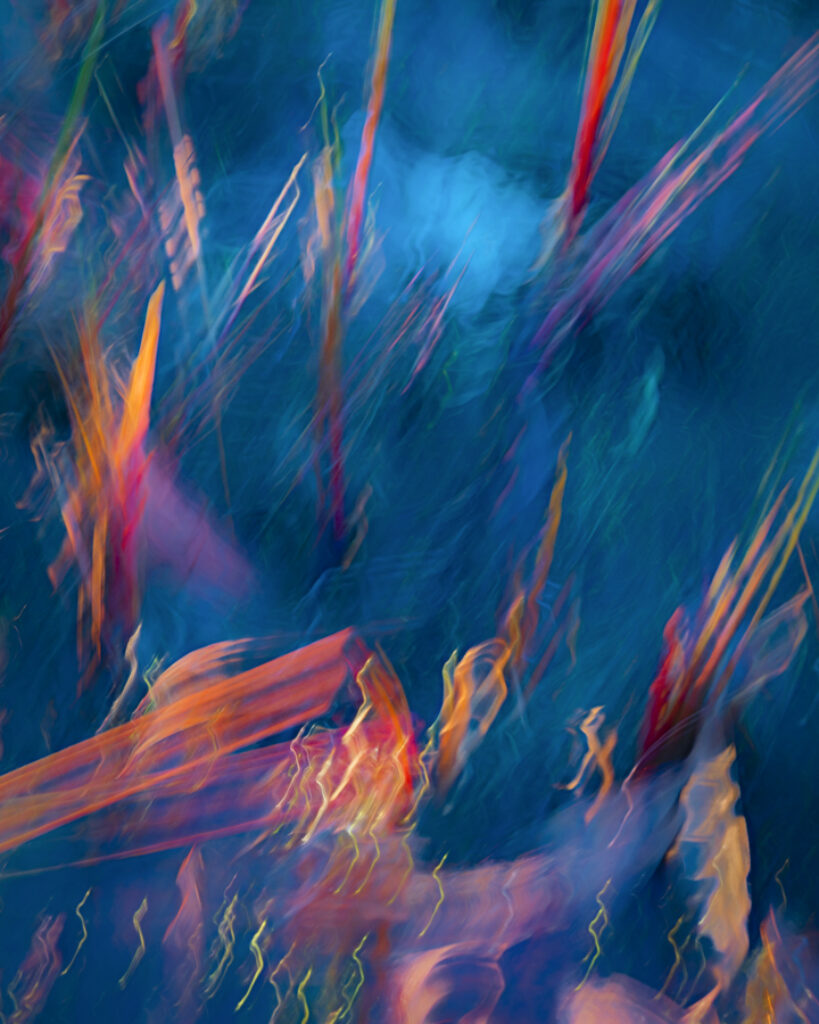
Through further experimentation, I discovered the amazing abstract images that could be made by shooting through the water. This led to some creative abstract images using leaves and debris shot through the water. It is important to decide which parts of the reflection and the debris in the water, should be in focus. Do I have a shallow depth of field for the debris or go for f16 and have the reflections in focus too?
Just recently I have been experimenting with multiple exposures (ME) and like ICM there are hundreds of rejects and few usable images. I am a long way from mastering ME images as I am finding it extremely challenging. But it too has the potential to be totally engaging and some of the results are incredibly surprising and rewarding.
Both ICM and ME can magically place me in the zone. The thrill of creating novel images and the sheer pleasure and continued engagement in a mindful process is out of this world. It allows me to stay in a small spot for well over an hour, totally engaged in producing original images.
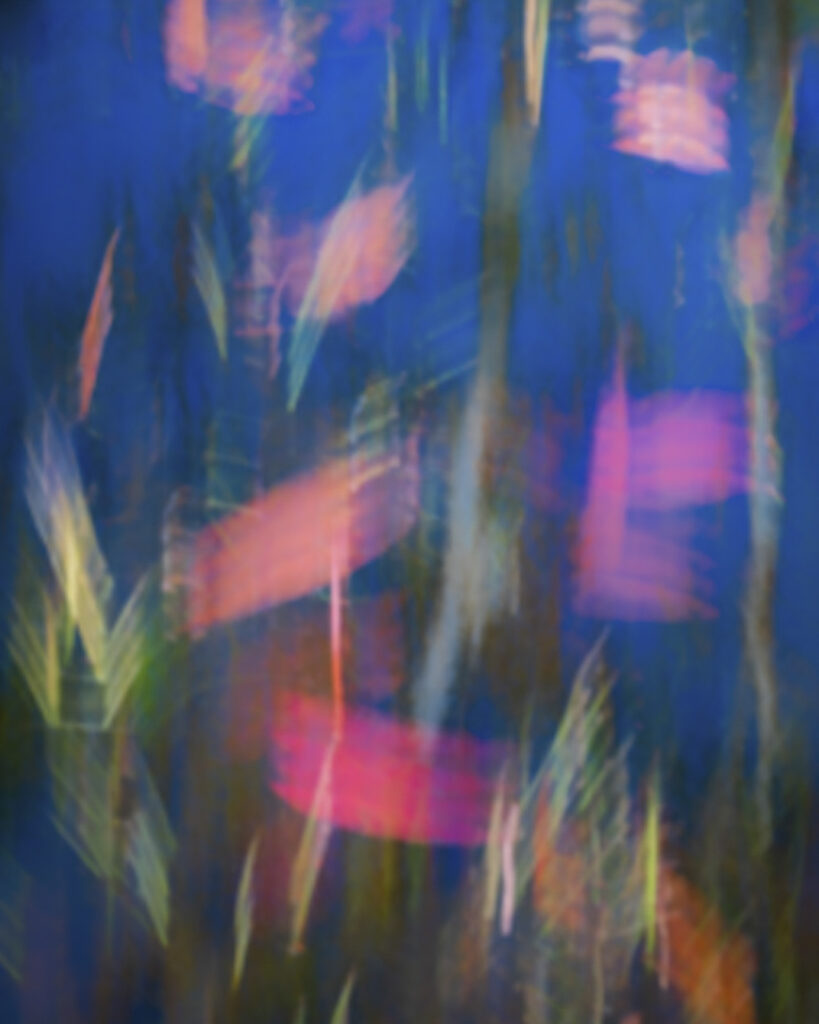
While scrolling the internet during the Pandemic I discovered and subscribed to the ICM PhotoMagNetwork and the ICM magazine. I found this network an excellent way to improve and master ICM skills. The membership includes live sessions, interviews with artists and photographers, videos, and articles on ICM techniques. Every two months there is a new theme to advance skills in ICM, encourage creativity and appreciate other photographers’ efforts. These themes encouraged me to move way beyond the swamp and the paperbark trees and try to experiment so much more.
ICM Intentional camera movement and the choice of subjects
Etienne – What types of subjects are you looking for? I know you love colours and reflections! And you also told me that you had been exploring many new areas in your region. Did you discover some great secret spots?
Janet – Most of the successful images I have made using ICM and ME techniques have involved water, reflections, and subjects I find in the water. I am drawn to the lagoons, swamps, and dams around my area. Most times I visit these areas, the water when photographed is a beautiful rich blue colour which contrasts well with my subjects in the water. All the water courses have paperbark trees growing in and around them. Some have lotus growing, all have species of water lilies, and all have twigs leaves and debris in the shallow water. These environments are just perfect for me to wander around and capture images.
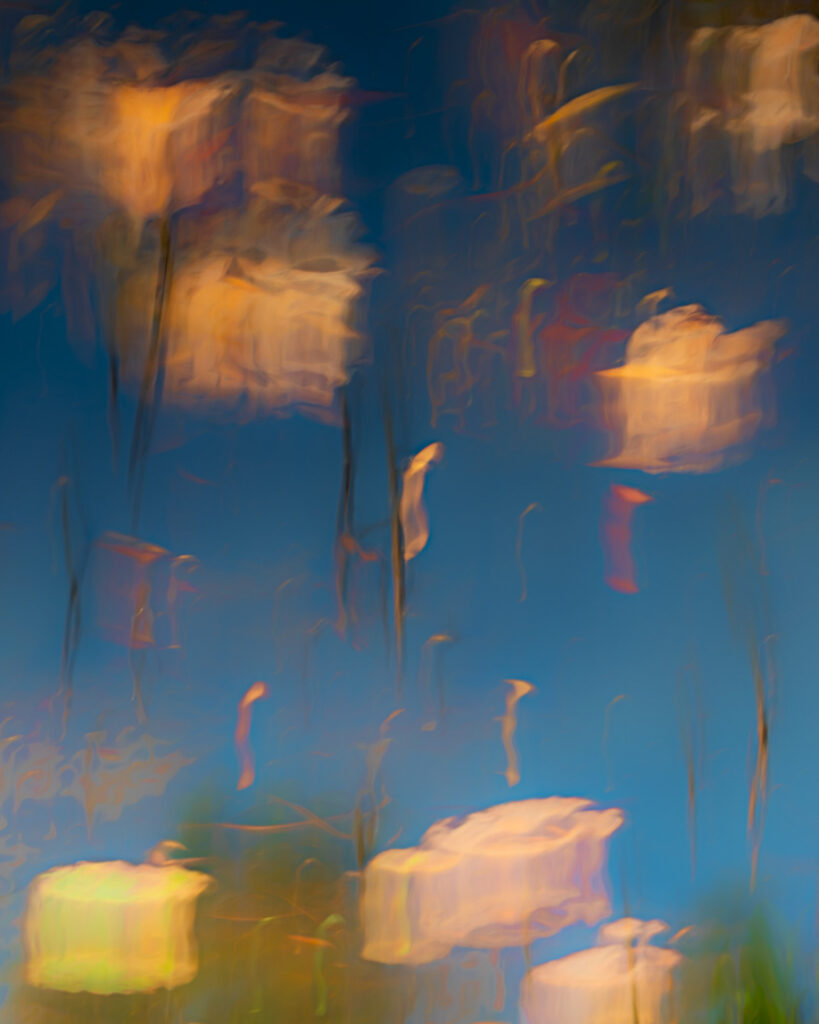
I tend to go with an idea of the types of images I want to get but I am often distracted by something else. Like Monet I am drawn to water plants, I love the colour and variety of shapes I can get from the lotus leaves. For they are continually changing their colour and texture as they grow and die as the seasons change. I often wonder how engaged Monet would have been if he could have had a digital camera with him!
Some photographers really enjoy continually seeking new spots and grabbing their own photos of iconic spots around the world, while others enjoy returning to the same locations relatively close by and exploring all the small changes that occur during different seasons, and different times of the day. ICM and multiple exposures allow me to visit the same places time and again and still get unique photos. They are not secret spots, they are public parks, but they are not places where people can swim, so they are never over-crowded. In fact, I am often the only person there, especially if I go early in the morning when it is still cool.
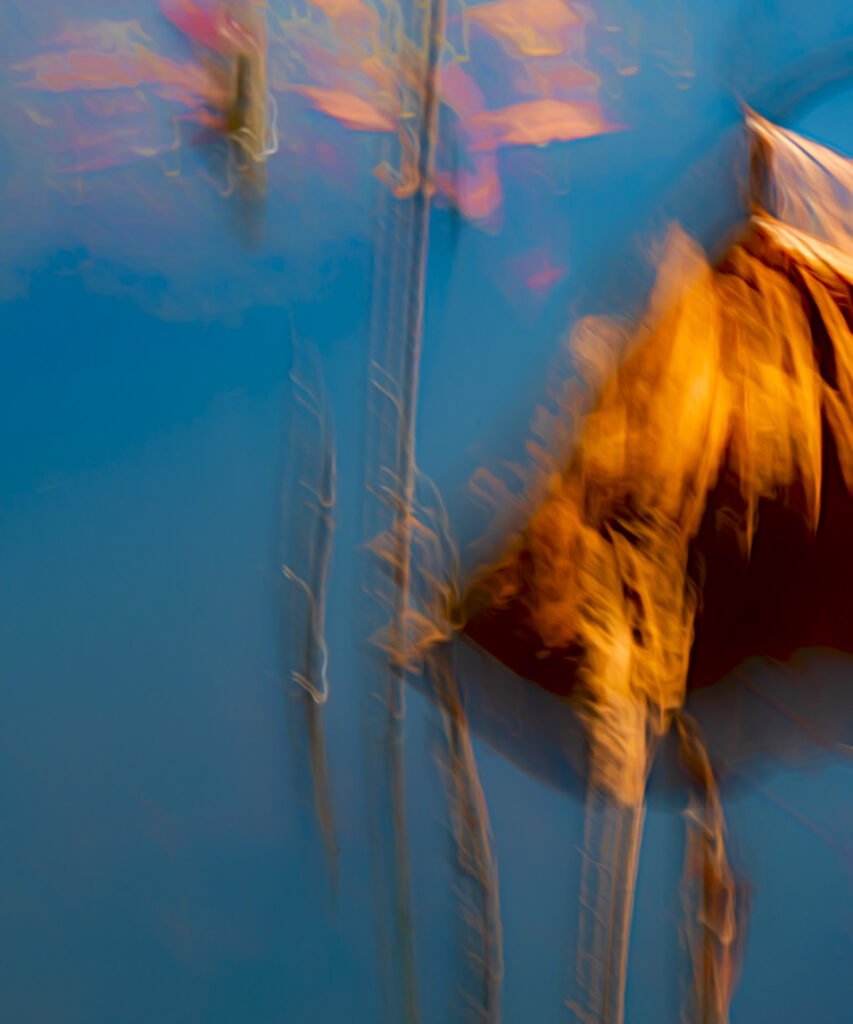
Everyone has areas they are drawn to. Some people can articulate how they feel when they are there. I can’t, but I know these special places keep me happy and engaged for hours and I can’t wait to go back to them and see how they have changed and what creative explorations I can indulge in.
ICM and people photography
Etienne – With your experience now, are you able to better estimate how long the shutter speed should be depending on the scene? Any tips for the people reading us?
Janet – Yes, I am better able to estimate the shutter speed but as with representational photography it all depends on the effect, mood and look I am trying to create. Things that I consider are, for instance, with people, are they stationary or moving, and, if moving, how fast are they moving? Secondly, am I aiming for an impressionistic look, a totally abstract look or something else? In general, I use faster shutter speeds the more a person or object is moving, but I also need to decide how to move the camera.
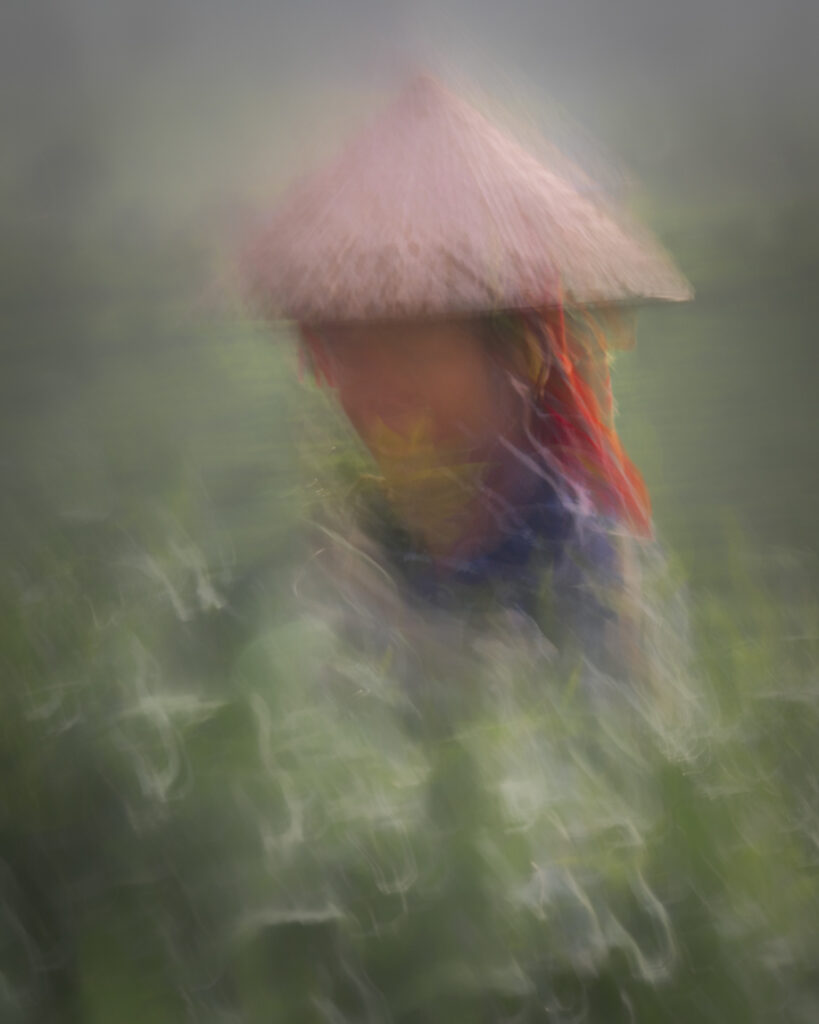
Basically, it’s all trial and error, as there are so many ways you can move the camera and so many different shutter speeds. There are all sorts of movements that can be very effective and ICM photographers all have their own unique ways of moving their camera; some very slow and others relatively fast. Some use burst mode as they are moving the camera, and others love ICM because they can ditch their tripod. I have found a tripod excellent for 5-second exposures where I want to precisely control the movement. The movement of the camera and shutter speed can also be adjusted for colour blending. For instance, if you move a camera from dark colours to light you can get the colours to blend.
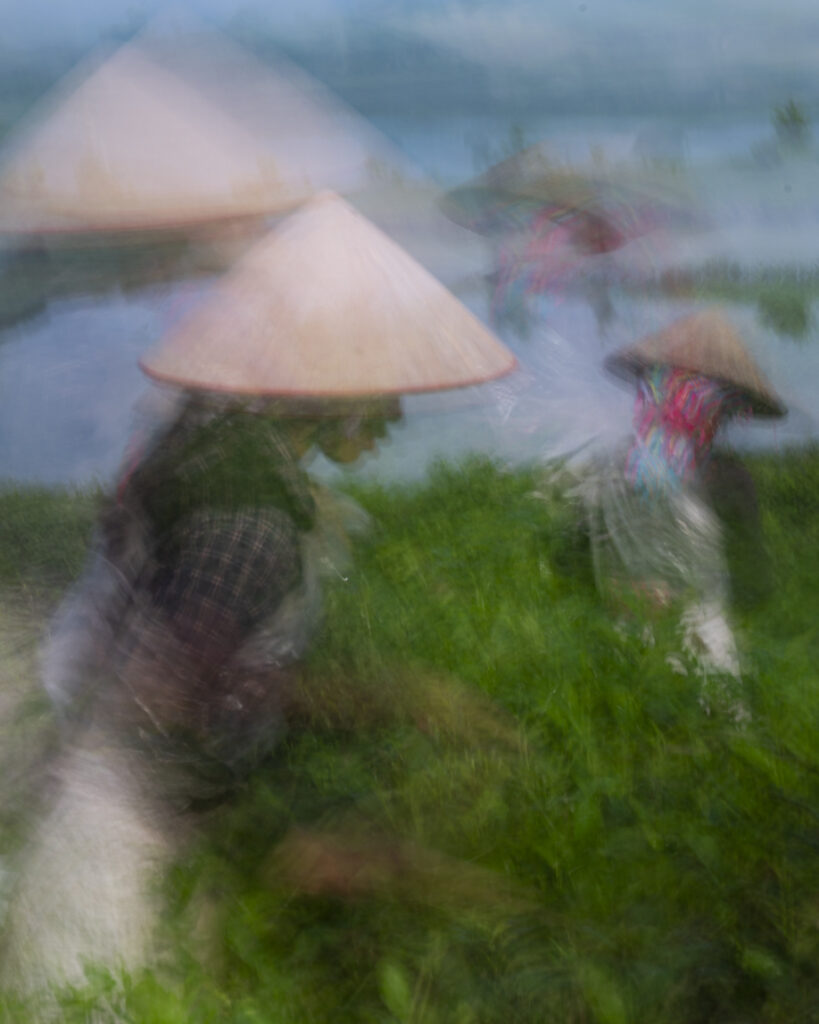
In general, the faster the movement of cars or people the faster the shutter speed can be. If I am panning a moving bicycle, I can get interesting images at 1/30 or 1/15 of a sec. If people are moving fast, I can get some interesting abstract shots at 1/5 of a second and sometimes I can pan up and down rather than across the moving subject. So, it all depends….
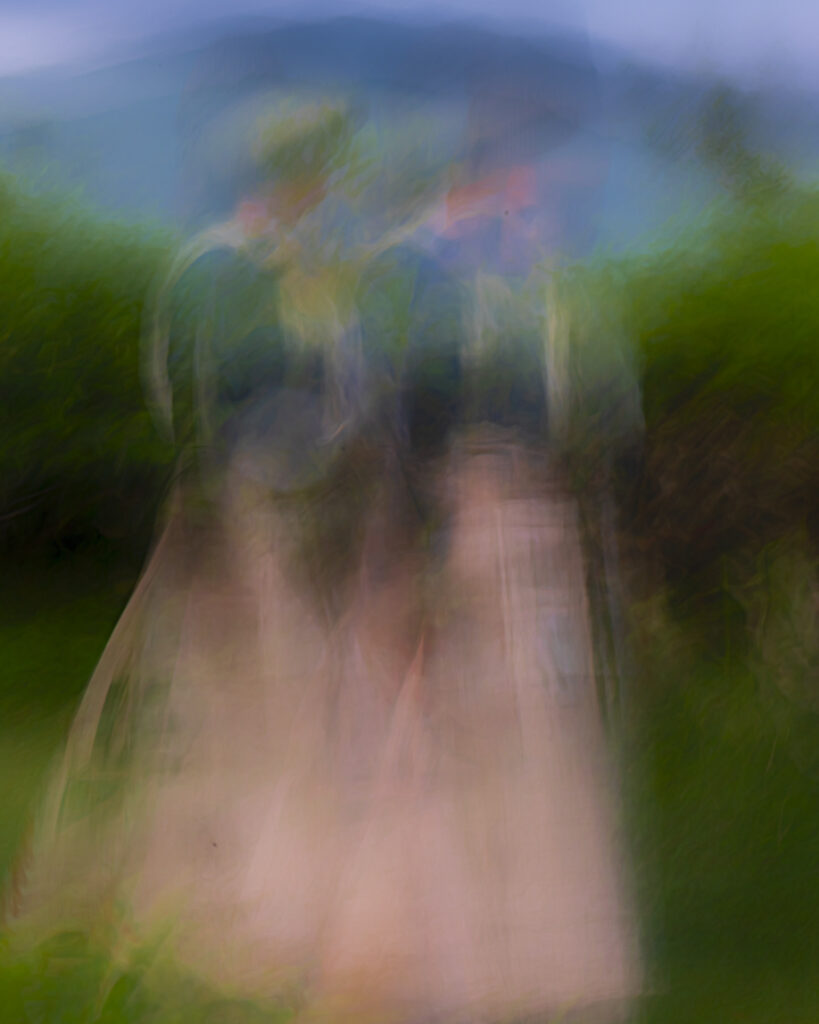
Etienne – How about people photography and ICM? How did you handle the busy markets of North Vietnam?
Janet – Markets, especially outdoor ones are high-contrast scenes and difficult to photograph. The busy markets in North Vietnam were no exception and I found them challenging. Under the tarpaulins, it is often quite dark, but the bright sunlight behind them is an unwanted distraction. The resulting washed-out skies do not make an ICM photo attractive. The decision had to be made to either photograph the inside of the market or the outside. I found It was good to find a spot where you can exclude outside light and sit, and watch.
ICM is an excellent technique to capture the mood of a busy, noisy, colourful market, full of people bustling around buying and selling goods.
Janet Powick
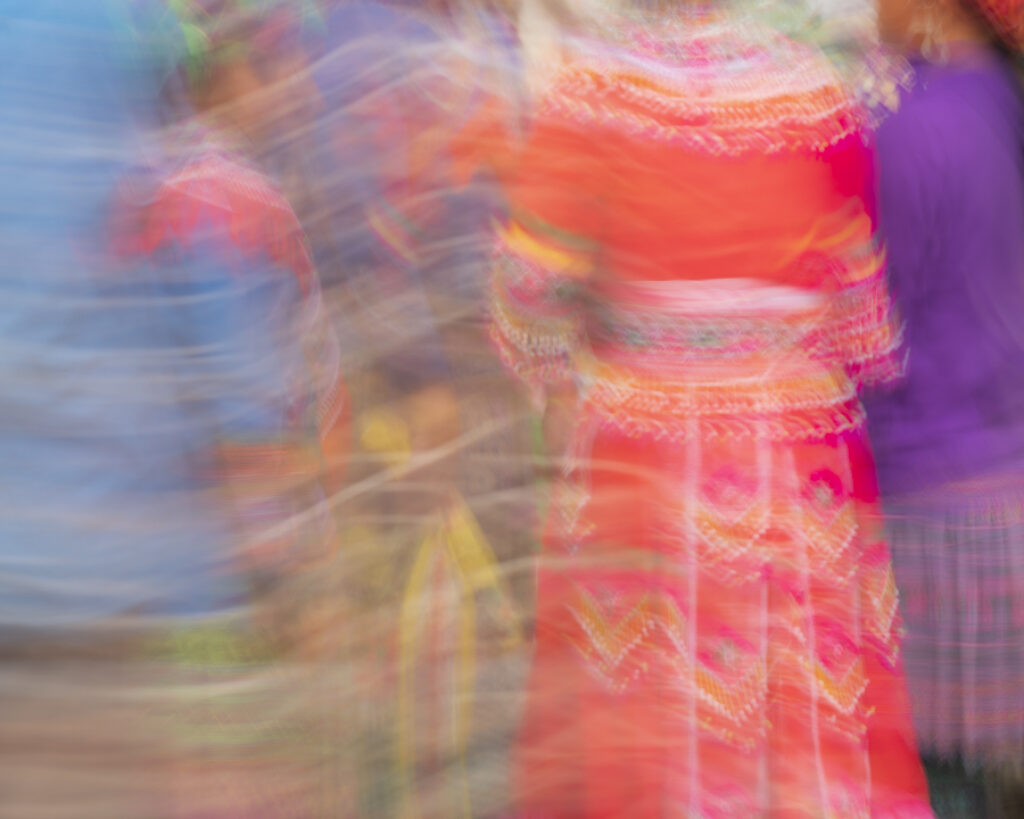
Furthermore, the colourful blue and orange tarpaulins can add stunning colours and shapes to ICM images, whereas the old stripey ones generally come out as overexposed white blobs. While in some instances the colourful clothing made for beautiful ICM images, the white shirts which totally dominated one market, making it difficult for me to get balanced and interesting compositions. Similarly, the use of plastic for aprons and raincoats in rice fields and tea plantations also made ICM photography more difficult. The shiny nature of plastic tends to leave squiggly, undesirable, overexposed marks over the images.
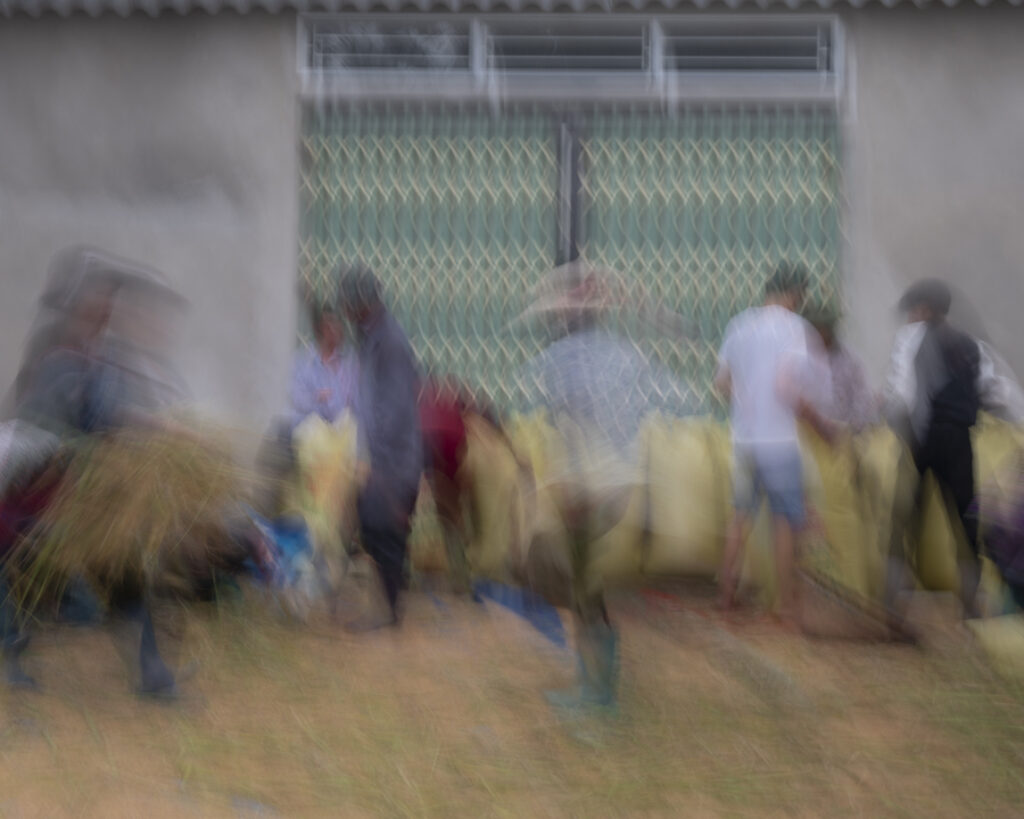
Etienne – Finally, what advice would you give to an ICM beginner now?
Janet – Photography should always be an enjoyable experience. Every photographer has rules /opinions about making good photographs and the degree to which a photo can be cropped and post-processed. I am interested in creating original and personally satisfying images; therefore free to practice, experiment and post-process to my heart’s content. I enjoy using filters from programs like the Nik Collection and Topaz Studio 2 while many photographers won’t touch them.
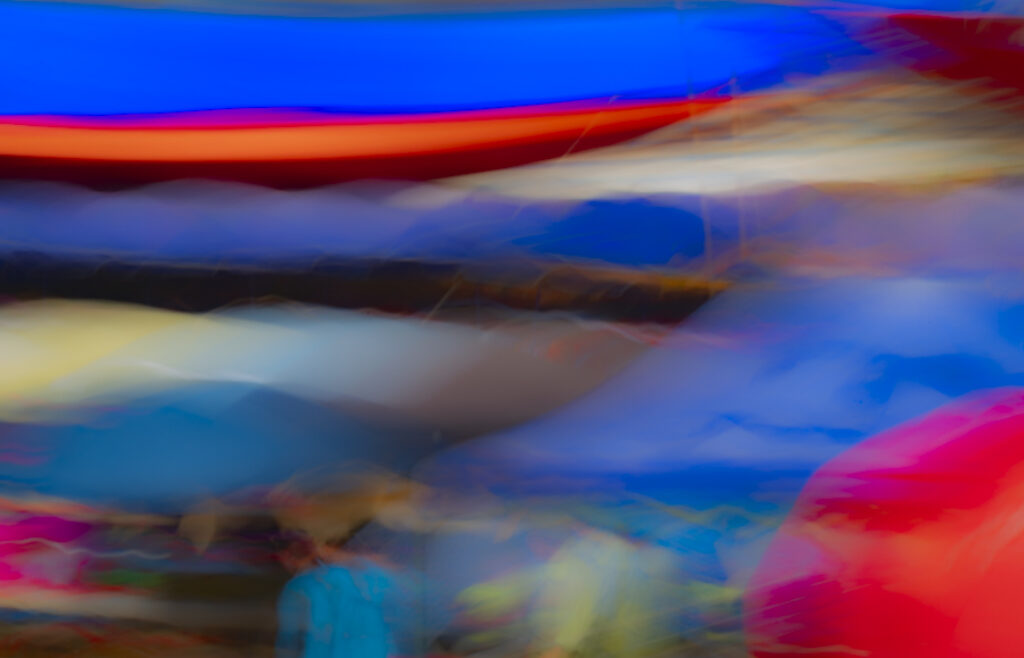
If you are a photographer who must take realistic representational photos of what the scene really looks like, ICM/ME is probably not for you. If you like the thought that you have no idea what you are going to achieve and you like to experiment, then I would say give them both a go.
Jan Powick

Hi Etienne,
A really easy way to fix this is simply to use a much faster shutter speed, I would recommend a minimum speed of 1/100 particularly if you are new to photography.
You are hilarious Brice….
Wow !!!
Nothing else to say …
John M
Yes, it’s refreshing to see something creative like this!